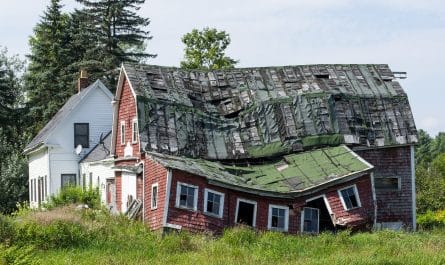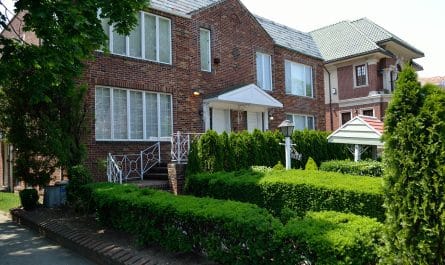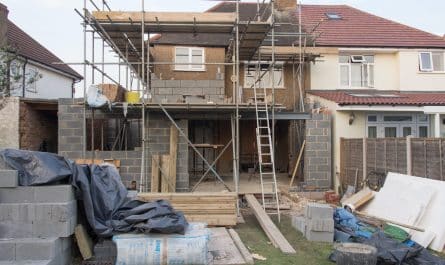Unsanitary housing is a subject of increasing concern to the authorities and occupants. Indeed, living in unhealthy housing can have serious consequences on the health and safety of residents. Faced with this reality, it is crucial to know the specificities of home insurance for unsanitary housing, in order to ensure optimal protection. In this article, we will discuss the different aspects of this type of insurance, in particular the guarantees offered, the eligibility conditions and the steps to follow to take out suitable home insurance.
What is substandard housing?
Housing is considered unsanitary when it presents dangers to the health or safety of its occupants, due to its dilapidation, its general condition or the presence of pests. Among the main criteria of unsanitary conditions, we find:
- Excessive humidity
- The presence of mold
- Aeration and ventilation problems
- Poor electrical and gas installations
- The presence of lead or asbestos
These elements can cause respiratory illnesses, allergies or even poisoning. They can also encourage the occurrence of disasters, such as fires or explosions.
The guarantees offered by home insurance for unsanitary housing
Given the specific risks linked to unsanitary conditions, it is essential to choose home insurance that best covers these issues. Among the guarantees generally offered, we can cite:
- L’compensation in the event of a disaster (fire, water damage, natural disaster, etc.)
- There civil liability, which covers damage caused to others by the accommodation or its occupants
- THE rehousing costs, if the accommodation is declared uninhabitable following a disaster or an administrative decision
- THE cleaning and disinfection costs in case of presence of pests
- The support of repair and improvement works necessary to remedy unsanitary conditions
Some insurance companies also offer optional guarantees adapted to the specific needs of unsanitary housing, such as legal protection in the event of a dispute relating to the state of the housing, or assistance in the event of an emergency (plumber, electrician, etc.).
Eligibility conditions for home insurance for unsanitary housing
It is important to note that not all insurance necessarily covers unsanitary housing. In fact, some companies consider that this type of property presents a risk too high and refuse to offer their services. Others require additional guarantees, such as an energy performance diagnosis (DPE) or a lead exposure risk assessment (CREP).
Furthermore, occupants are generally asked to provide proof that they have taken steps with the owner or the administration to have the unsanitary condition of the accommodation recognized and to request repair work.
Taking out home insurance for unsanitary housing: the steps to follow
To take out home insurance suitable for unsanitary housing, certain steps must be followed:
- Compare offers : as with any insurance, it is recommended to compare the different offers available on the market, taking into account the guarantees offered, the eligibility conditions and the prices charged. You can get help from a professional such as a specialized broker.
- Gather the necessary documents : to prove the condition of the accommodation and the existence of steps taken, it is important to gather documents such as letters exchanged with the owner or the administration, expert reports, real estate diagnostics, etc.
- Complete a detailed questionnaire : when subscribing, the insurer generally asks you to complete a form which will assess the level of risk linked to unsanitary housing. It is crucial to answer all questions asked accurately and honestly.
- Sign the contract and pay the first contribution : once the offer has been chosen and the conditions met, all that remains is to sign the contract and pay the first contribution to benefit from the protection offered by home insurance for unsanitary housing.
The obligations of the tenant and the owner in the face of unsanitary conditions
It is essential to remember that home insurance does not exempt occupants and owners from their respective responsibilities in terms of unsanitary conditions. The tenant must keep the accommodation in good condition and inform the lessor in the event of any problems observed. For his part, the owner is required to provide decent and healthy housing, in compliance with current standards. In the event of violations, sanctions may be imposed, including a ban on renting the accommodation in question.
In short, home insurance for unsanitary housing is an essential system to protect occupants and alleviate the specific risks linked to this type of housing. However, we must remain vigilant and ensure that everyone’s obligations are respected, in order to guarantee a healthy and secure living environment.







